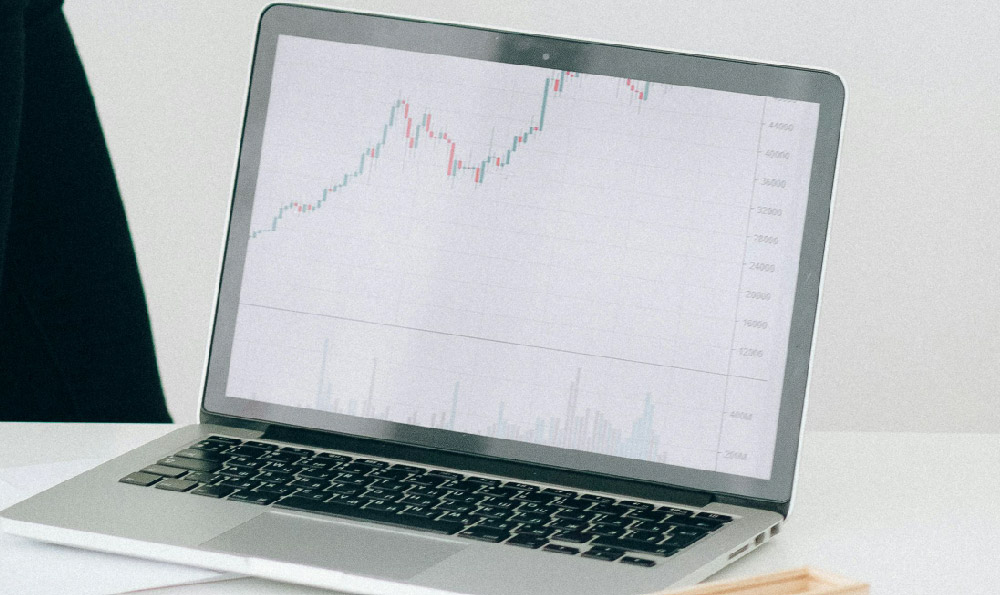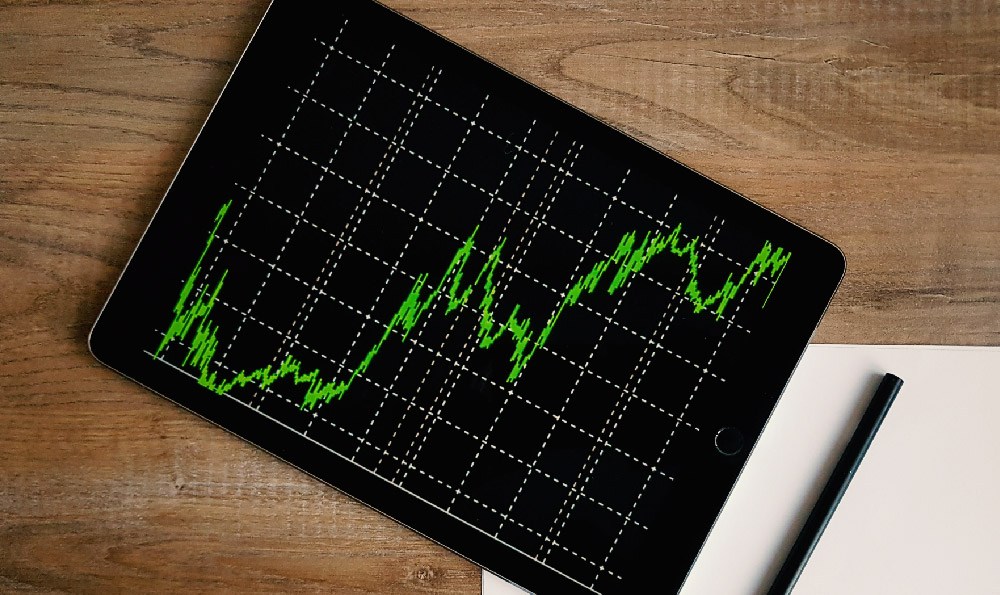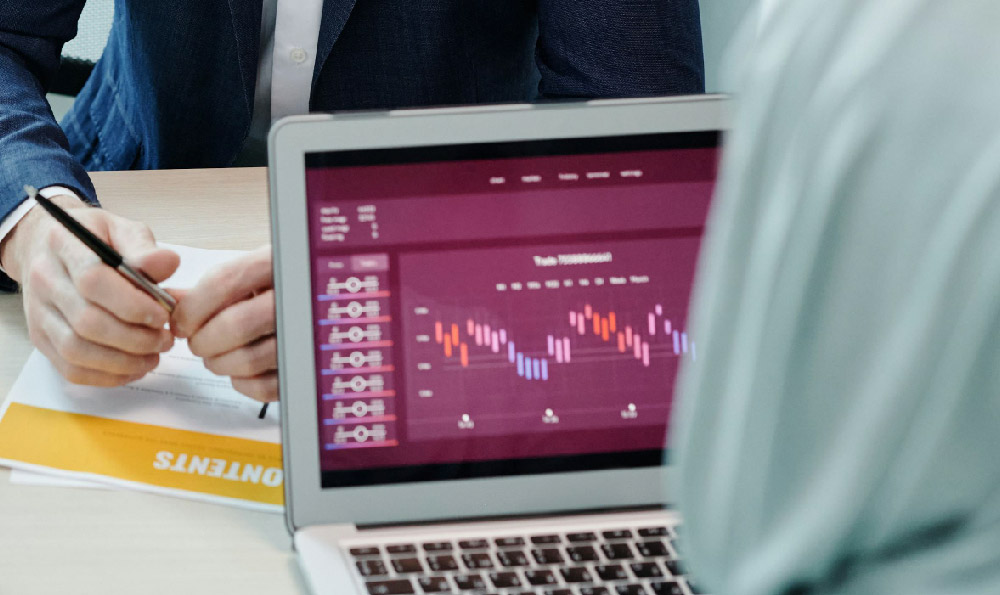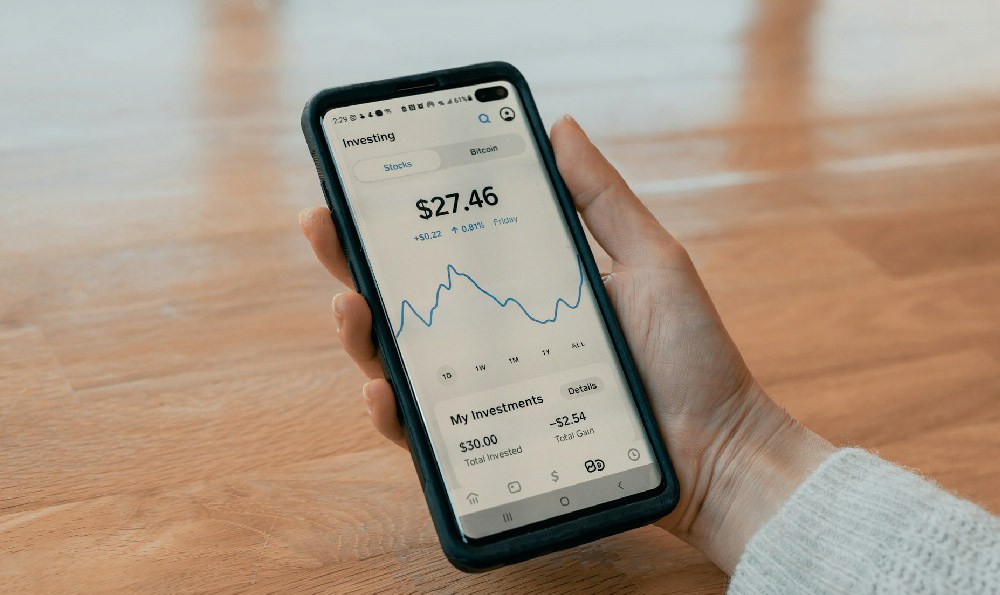Cryptocurrency trading, with its allure of rapid gains and technological innovation, has undeniably captured the attention of investors worldwide. The question of whether it's profitable, however, isn't a simple yes or no. Profitability in the cryptocurrency market is contingent on a multitude of factors, encompassing market conditions, individual skill, risk management strategies, and the specific cryptocurrencies traded.
Let's dissect the notion of profitability. The cryptocurrency market is characterized by extreme volatility. Prices can swing dramatically within short periods, offering opportunities for substantial profits but also exposing traders to significant risks of losses. Think of Bitcoin's journey: it's seen periods of exponential growth followed by sharp corrections. Similarly, smaller altcoins can experience even more dramatic price movements. The potential for high returns is undeniably present, fueled by factors like increasing adoption, technological advancements, regulatory changes, and even social media trends. However, these same factors can also trigger downturns.
Therefore, to truly address whether crypto trading is profitable, we must move beyond the abstract and delve into the concrete actions you can take to increase your chances of success.

One of the cornerstones of successful cryptocurrency trading is having a sound investment strategy. Blindly buying based on hype or fear is a recipe for disaster. A robust strategy should be built upon thorough research and analysis. This includes understanding the fundamental principles of blockchain technology, the use cases of different cryptocurrencies, and the competitive landscape within the crypto ecosystem.
Technical analysis is a crucial tool for identifying potential entry and exit points. This involves studying price charts, volume data, and various technical indicators to identify patterns and trends. Commonly used indicators include moving averages, Relative Strength Index (RSI), and Moving Average Convergence Divergence (MACD). These tools can provide insights into market sentiment and potential price movements, but it's crucial to remember that no indicator is foolproof. They should be used in conjunction with other forms of analysis.
Fundamental analysis, on the other hand, focuses on evaluating the intrinsic value of a cryptocurrency. This involves assessing the project's team, technology, adoption rate, tokenomics, and overall market potential. A strong fundamental basis can provide confidence in holding a cryptocurrency for the long term, even during periods of market volatility.
Beyond analysis, risk management is paramount. A crucial element of risk management is diversification. Don't put all your eggs in one basket. Spreading your investments across different cryptocurrencies can help mitigate losses if one particular asset performs poorly. Another essential aspect is setting stop-loss orders. These are pre-determined price levels at which you automatically sell an asset to limit potential losses. Stop-loss orders are particularly important in the volatile crypto market, as they can prevent small losses from snowballing into catastrophic ones.
Position sizing is another critical aspect of risk management. This refers to the amount of capital you allocate to each trade. A conservative approach is to risk only a small percentage of your total trading capital on any single trade, typically no more than 1-2%. This helps to protect your overall portfolio from significant losses.
Furthermore, understanding different trading styles is important. Day trading involves making multiple trades throughout the day, aiming to profit from small price fluctuations. Swing trading involves holding positions for several days or weeks, capitalizing on larger price swings. Long-term investing, often referred to as "HODLing," involves holding cryptocurrencies for the long term, with the belief that their value will appreciate significantly over time. The most suitable trading style depends on your risk tolerance, time commitment, and investment goals.
Selecting the right cryptocurrency exchange is also crucial. Choose a reputable exchange with strong security measures, a wide range of supported cryptocurrencies, and reasonable trading fees. Research the exchange's history, read user reviews, and ensure that it complies with relevant regulations.
Finally, continuous learning is essential for success in cryptocurrency trading. The market is constantly evolving, with new technologies, regulations, and investment opportunities emerging all the time. Stay informed by reading industry news, following reputable crypto analysts, and participating in online communities. Be wary of hype and scams, and always do your own research before making any investment decisions.
Making money trading crypto requires more than just luck. It demands a combination of knowledge, skill, discipline, and a well-defined strategy. By focusing on research, risk management, and continuous learning, you can significantly increase your chances of achieving profitability in the cryptocurrency market. However, it's crucial to acknowledge that the market carries inherent risks, and losses are always possible. Never invest more than you can afford to lose, and always approach cryptocurrency trading with a cautious and informed mindset. Remember that past performance is not indicative of future results, and the cryptocurrency market is inherently unpredictable. Treat it with respect, and you may find that it can be a profitable, albeit challenging, endeavor.












